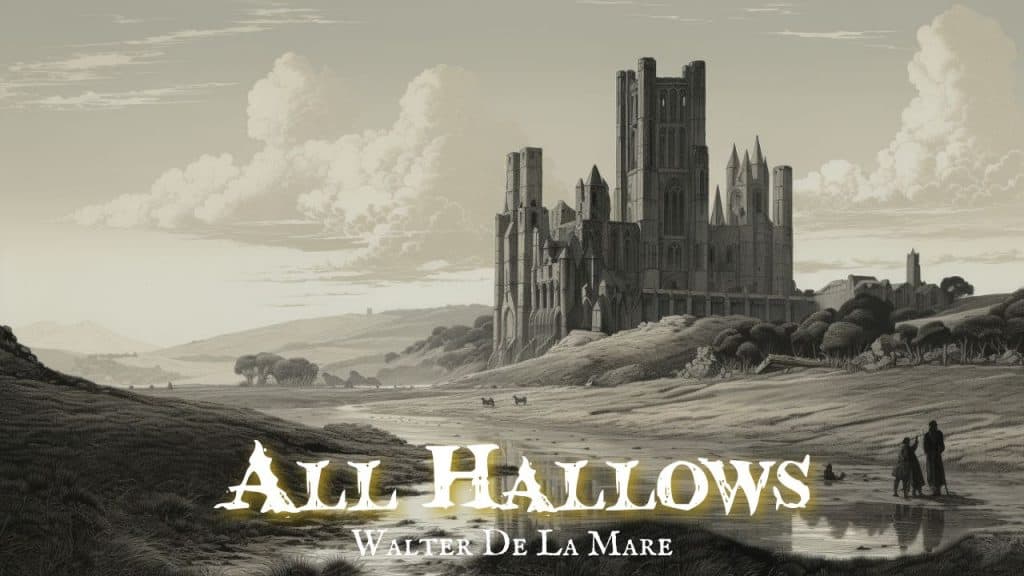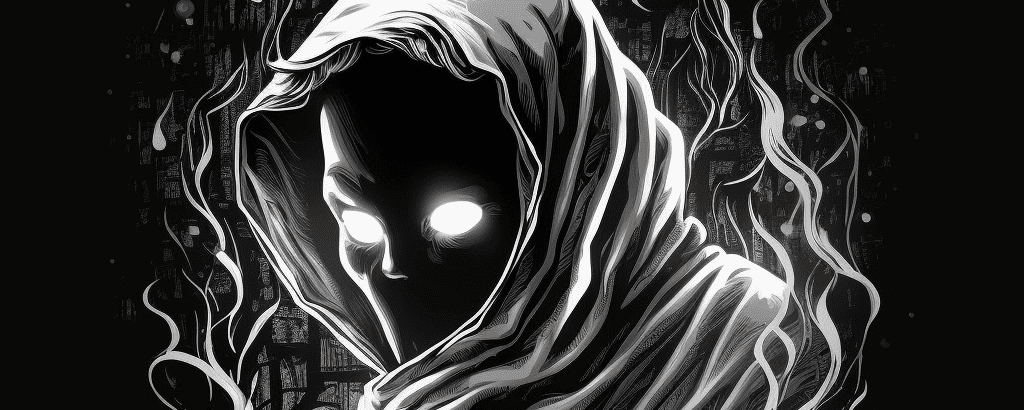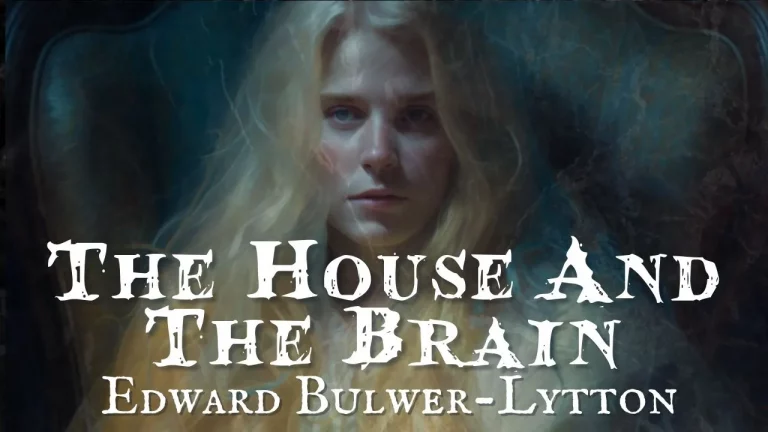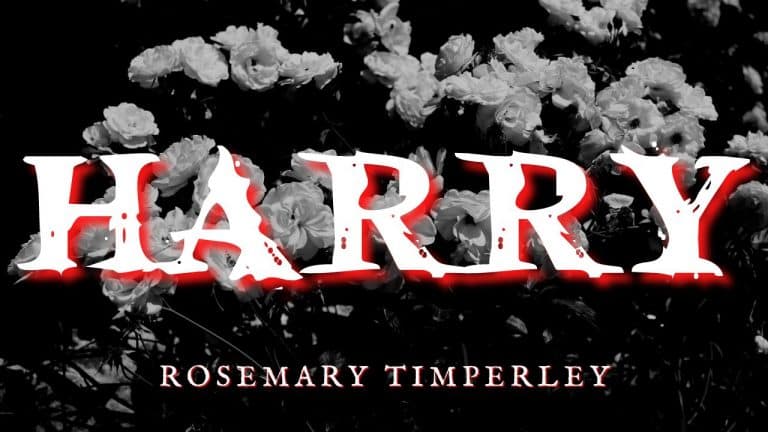All Hallows by Walter de la Mare

Link to the Audio Version of All Hallows
Brief Biography of Walter de La Mare
Walter de La Mare (1873-1956) was an English poet, novelist, and short story writer known for his imaginative and evocative works. Born on April 25, 1873, in London, de La Mare began writing poetry and short stories during the 1890s while working as a bookkeeper. Despite not being a regular churchgoer, he held strong cultural Christianity and drew upon biblical themes and imagery in his writing.
De La Mare’s literary career took off with the publication of his first major work, the poetry collection “Songs of Childhood” in 1902. This collection showcased his romantic sensibilities, emphasizing intuition, deep emotion, and spiritual truths often associated with childhood. His poetic style was marked by rich imagery, lyrical language, and a sense of mystery. De La Mare’s work gained recognition for its exploration of the supernatural and the depths of the human psyche.
Romanticism, Dreams, and the Supernatural in Walter De La Mare
De La Mare’s writing is deeply rooted in the Romantic tradition. He embraced the Romantic emphasis on imagination, emotion, and the sublime, infusing his works with a sense of wonder and enchantment. His poetry often evoked dreamlike landscapes, ethereal atmospheres, and heightened emotions.
Dreams and the supernatural played a significant role in De La Mare’s works. He delved into the realm of the subconscious, exploring the mysterious and unexplained aspects of human experience. Through vivid and symbolic imagery, he captured the ineffable nature of dreams and the eerie presence of the supernatural. De La Mare’s ability to tap into the power of dreams and the supernatural added depth and resonance to his writing, creating a sense of enchantment and mystery.
“All Hallows” as a Commentary on the Erosion of Christianity
“All Hallows” is a short story by Walter de La Mare that serves as a commentary on the erosion of Christianity in the face of the modern machine age. Set in an ancient cathedral with a rich history, the story reflects the decline of traditional religious practices and the fading grandeur of faith.
The cathedral in “All Hallows” represents tradition and symbolizes the decay of Christianity. Its isolation and dwindling congregation parallel the waning influence of religious beliefs. De La Mare explores the tension between the old and the new, with the encroachment of demonic forces representing the disruptive influence of the modern age. This reflects a broader societal shift away from traditional values and the questioning of established faith systems.
The absence of animals in the story adds to the symbolism. The lack of animal life within the cathedral signifies the detachment of nature from religious spaces, further highlighting the fading connection between humanity and spirituality. It underscores the idea that the natural world and its inherent symbolism have been eclipsed by the encroaching forces of modernity.
Additionally, the encroachment of the sea serves as a powerful symbol in “All Hallows.” The sea, with its relentless erosion of the coast near the cathedral, represents the unstoppable tide of change and the overwhelming forces of the modern world. It signifies the erosion of traditional values, including Christianity, and the challenges faced by faith in a rapidly changing society.
While “All Hallows” does not explicitly offer a solution to the decline of Christianity, the birth of the verger’s grandson at the end of the story offers a symbolic glimmer of hope and renewal. It suggests the potential for a new generation to forge their own path, searching for new sources of meaning and spiritual connections.
Through the symbolic use of animals, the encroachment of the sea, and the birth of the verger’s grandson, “All Hallows” highlights the erosion of Christianity and the broader challenges faced by traditional belief systems in the face of the modern machine age. It resonates with Friedrich Nietzsche’s concept of the “Death of God” and invites readers to contemplate the search for new sources of spirituality and the potential consequences of abandoning established faith structures.


